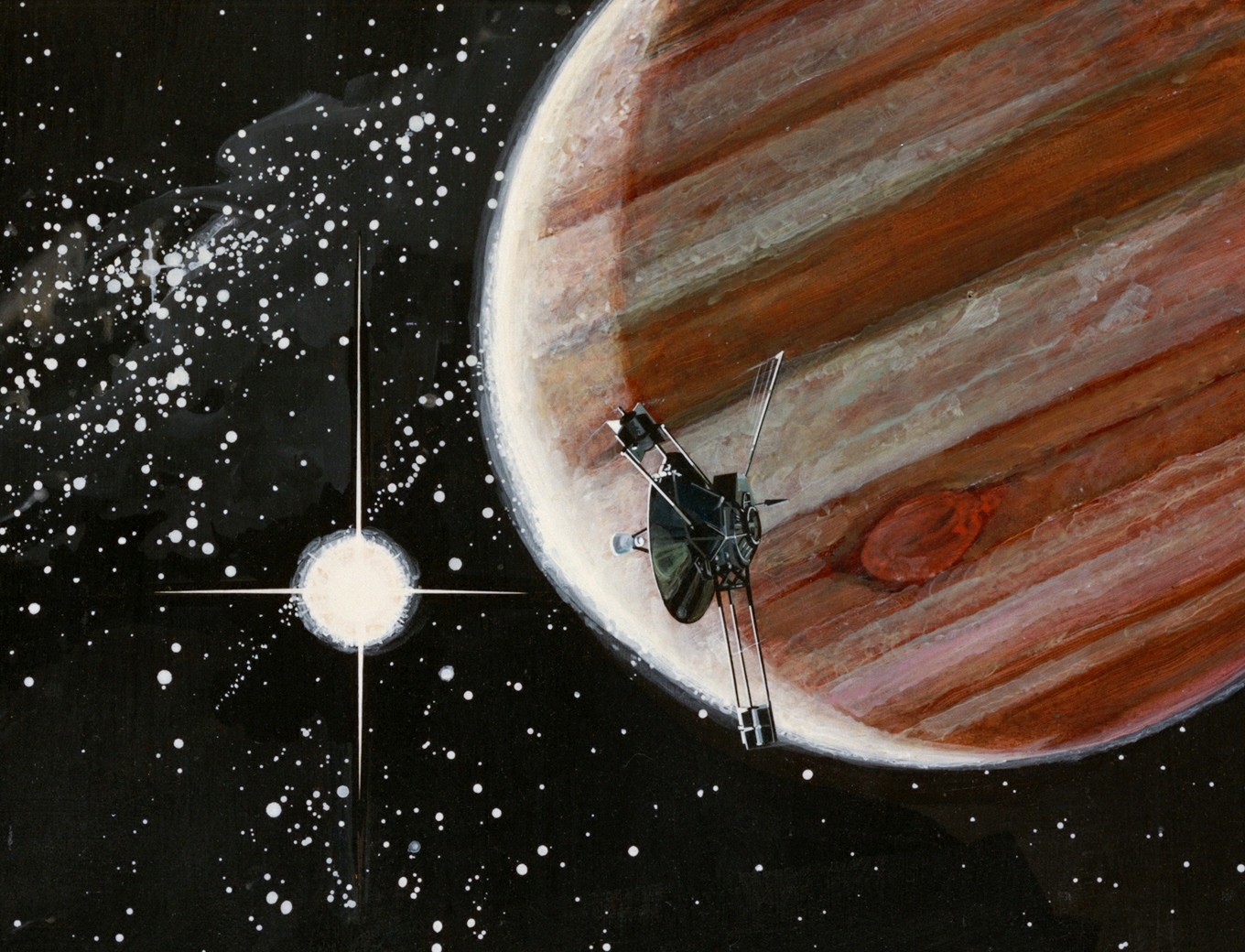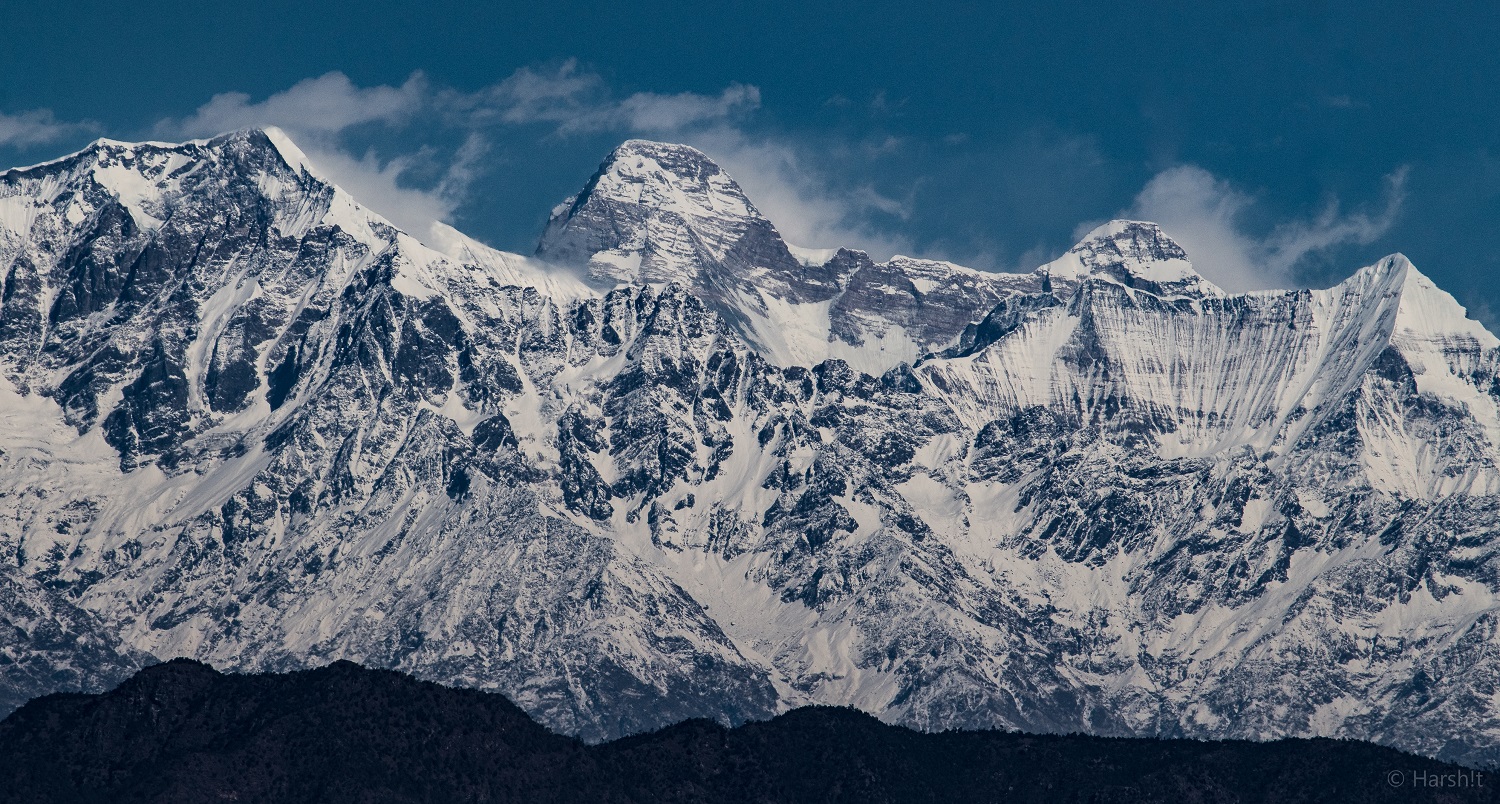|
SNAP-19
The Systems Nuclear Auxiliary POWER (SNAP) program was a program of experimental radioisotope thermoelectric generators (RTGs) and space nuclear reactors flown during the 1960s by NASA. Odd-numbered SNAPs: radioisotope thermoelectric generators Radioisotope thermoelectric generators use the heat of radioactive decay to produce electricity. SNAP-1 SNAP-1 was a test platform that was never deployed, using cerium-144 in a Rankine cycle with mercury as the heat transfer fluid. Operated successfully for 2500 hours. SNAP-3 SNAP-3 was the first RTG used in a space mission (1961). Launched aboard U.S. Navy Transit 4A and 4B navigation satellites. The electrical output of this RTG was 2.5 watts. SNAP-7 SNAP-7A D and F was designed for marine applications such as lighthouses and buoys; at least six units were deployed in the mid-1960s, with names SNAP-7A through SNAP-7F. SNAP-7D produced thirty watts of electricity using (about four kilograms) of strontium-90 as SrTiO3. These were ... [...More Info...] [...Related Items...] OR: [Wikipedia] [Google] [Baidu] |
Radioisotope Thermoelectric Generator
A radioisotope thermoelectric generator (RTG, RITEG), sometimes referred to as a radioisotope power system (RPS), is a type of nuclear battery that uses an array of thermocouples to convert the heat released by the decay of a suitable radioactive material into electricity by the Seebeck effect. This type of generator has no moving parts. RTGs have been used as power sources in satellites, space probes, and uncrewed remote facilities such as a series of lighthouses built by the Soviet Union inside the Arctic Circle. RTGs are usually the most desirable power source for unmaintained situations that need a few hundred watts (or less) of power for durations too long for fuel cells, batteries, or generators to provide economically, and in places where solar cells are not practical. Safe use of RTGs requires containment of the radioisotopes long after the productive life of the unit. The expense of RTGs tends to limit their use to niche applications in rare or special situations. ... [...More Info...] [...Related Items...] OR: [Wikipedia] [Google] [Baidu] |
Nimbus Program
The Nimbus satellites were second-generation U.S. robotic spacecraft launched between 1964 and 1978 used for meteorological research and development. The spacecraft were designed to serve as stabilized, Earth-oriented platforms for the testing of advanced systems to sense and collect atmospheric science data. Seven Nimbus spacecraft have been launched into near-polar, sun-synchronous orbits beginning with Nimbus 1 on August 28, 1964. On board the Nimbus satellites are various instrumentation for imaging, sounding, and other studies in different spectral regions. The Nimbus satellites were launched aboard Thor-Agena rockets (Nimbus 1–4) and Delta rockets (Nimbus 5–7). Over a 20-year period from the launch of the first satellite, the Nimbus series of missions was the United States' primary research and development platform for satellite remote sensing of the Earth. The seven Nimbus satellites, launched over a fourteen-year period, shared their space-based observations of ... [...More Info...] [...Related Items...] OR: [Wikipedia] [Google] [Baidu] |
Pioneer 10
''Pioneer 10'' (originally designated Pioneer F) is an American space probe, launched in 1972 and weighing , that completed the first mission to the planet Jupiter. Thereafter, ''Pioneer 10'' became the first of five artificial objects to achieve the escape velocity needed to leave the Solar System. This space exploration project was conducted by the NASA Ames Research Center in California. The space probe was manufactured by TRW Inc. ''Pioneer 10'' was assembled around a hexagonal bus with a diameter parabolic dish high-gain antenna, and the spacecraft was spin stabilized around the axis of the antenna. Its electric power was supplied by four radioisotope thermoelectric generators that provided a combined 155 watts at launch. It was launched on March 3, 1972, at 01:49:00 UTC (March 2 local time), by an Atlas-Centaur expendable vehicle from Cape Canaveral, Florida. Between July 15, 1972, and February 15, 1973, it became the first spacecraft to traverse the asteroi ... [...More Info...] [...Related Items...] OR: [Wikipedia] [Google] [Baidu] |
Pioneer 11
''Pioneer 11'' (also known as ''Pioneer G'') is a robotic space probe launched by NASA on April 5, 1973, to study the asteroid belt, the environment around Jupiter and Saturn, solar winds, and cosmic rays. It was the first probe to encounter Saturn, the second to fly through the asteroid belt, and the second to fly by Jupiter. Later, ''Pioneer 11'' became the second of five artificial objects to achieve an escape velocity allowing it to leave the Solar System. Due to power constraints and the vast distance to the probe, the last routine contact with the spacecraft was on September 30, 1995, and the last good engineering data was received on November 24, 1995. Mission background History Approved in February 1969, ''Pioneer 11'' and its twin probe, ''Pioneer 10'', were the first to be designed for exploring the outer Solar System. Yielding to multiple proposals throughout the 1960s, early mission objectives were defined as: * Explore the interplanetary medium beyond the o ... [...More Info...] [...Related Items...] OR: [Wikipedia] [Google] [Baidu] |
Nuclear Power In Space
Nuclear power in space is the use of nuclear power in outer space, typically either small fission systems or radioactive decay for electricity or heat. Another use is for scientific observation, as in a Mössbauer spectrometer. The most common type is a radioisotope thermoelectric generator, which has been used on many space probes and on crewed lunar missions. Small fission reactors for Earth observation satellites, such as the TOPAZ nuclear reactor, have also been flown. A radioisotope heater unit is powered by radioactive decay and can keep components from becoming too cold to function, potentially over a span of decades. The United States tested the SNAP-10A nuclear reactor in space for 43 days in 1965, with the next test of a nuclear reactor power system intended for space use occurring on 13 September 2012 with the Demonstration Using Flattop Fission (DUFF) test of the Kilopower reactor. After a ground-based test of the experimental 1965 Romashka reactor, which used uran ... [...More Info...] [...Related Items...] OR: [Wikipedia] [Google] [Baidu] |
Cerium-144
Naturally occurring cerium (58Ce) is composed of 4 stable isotopes: 136Ce, 138Ce, 140Ce, and 142Ce, with 140Ce being the most abundant (88.48% natural abundance) and the only one theoretically stable; 136Ce, 138Ce, and 142Ce are predicted to undergo double beta decay but this process has never been observed. There are 35 radioisotopes that have been characterized, with the most stable being 144Ce, with a half-life of 284.893 days; 139Ce, with a half-life of 137.640 days and 141Ce, with a half-life of 32.501 days. All of the remaining radioactive isotopes have half-lives that are less than 4 days and the majority of these have half-lives that are less than 10 minutes. This element also has 10 meta states. The isotopes of cerium range in atomic weight from 119 u (119Ce) to 157 u (157Ce). List of isotopes , - , 119Ce , style="text-align:right" , 58 , style="text-align:right" , 61 , 118.95276(64)# , 200# ms , β+ , 119La , 5/2+# , , , - , 120Ce , ... [...More Info...] [...Related Items...] OR: [Wikipedia] [Google] [Baidu] |
Nanda Devi
Nanda Devi is the second-highest mountain in India, after Kangchenjunga, and the highest located entirely within the country (Kangchenjunga is on the border of India and Nepal). It is the 23rd-highest peak in the world. Nanda Devi was considered the highest mountain in the world before computations in 1808 proved Dhaulagiri to be higher. It was also the highest mountain in India until 1975, when Sikkim, an independent kingdom until 1948 and a protectorate of India thereafter, became a part of the Republic of India. It is located in Chamoli Garhwal district of Uttarakhand, between the Rishiganga valley on the west and the Goriganga valley on the east. The peak, whose name means "Bliss-Giving Goddess", is regarded as the patron goddess of the Garhwal and Kumaon Himalayas. In acknowledgment of its religious significance and for the protection of its fragile ecosystem, the Government of India declared the peak as well as the circle of high mountains surrounding it—the N ... [...More Info...] [...Related Items...] OR: [Wikipedia] [Google] [Baidu] |
Apollo 16
Apollo 16 (April 1627, 1972) was the tenth crewed mission in the United States Apollo space program, administered by NASA, and the fifth and penultimate to land on the Moon. It was the second of Apollo's " J missions", with an extended stay on the lunar surface, a focus on science, and the use of the Lunar Roving Vehicle (LRV). The landing and exploration were in the Descartes Highlands, a site chosen because some scientists expected it to be an area formed by volcanic action, though this proved to not be the case. The mission was crewed by Commander John Young, Lunar Module Pilot Charles Duke and Command Module Pilot Ken Mattingly. Launched from the Kennedy Space Center in Florida on April 16, 1972, Apollo 16 experienced a number of minor glitches en route to the Moon. These culminated with a problem with the spaceship's main engine that resulted in a six-hour delay in the Moon landing as NASA managers contemplated having the astronauts abort the mission and retu ... [...More Info...] [...Related Items...] OR: [Wikipedia] [Google] [Baidu] |
Apollo 15
Apollo 15 (July 26August 7, 1971) was the ninth crewed mission in the United States' Apollo program and the fourth to land on the Moon. It was the first J mission, with a longer stay on the Moon and a greater focus on science than earlier landings. Apollo 15 saw the first use of the Lunar Roving Vehicle. The mission began on July 26 and ended on August 7, with the lunar surface exploration taking place between July 30 and August 2. Commander David Scott and Lunar Module Pilot James Irwin landed near Hadley Rille and explored the local area using the rover, allowing them to travel further from the lunar module than had been possible on previous missions. They spent 18 hours on the Moon's surface on four extravehicular activities (EVA), and collected of surface material. At the same time, Command Module Pilot Alfred Worden orbited the Moon, operating the sensors in the scientific instrument module (SIM) bay of the service module. This suite of instruments co ... [...More Info...] [...Related Items...] OR: [Wikipedia] [Google] [Baidu] |
Apollo 14
Apollo 14 (January 31, 1971February 9, 1971) was the eighth crewed mission in the United States Apollo program, the third to land on the Moon, and the first to land in the lunar highlands. It was the last of the " H missions", landings at specific sites of scientific interest on the Moon for two-day stays with two lunar extravehicular activities (EVAs or moonwalks). The mission was originally scheduled for 1970, but was postponed because of the investigation following the failure of Apollo 13 to reach the Moon's surface, and the need for modifications to the spacecraft as a result. Commander Alan Shepard, Command Module Pilot Stuart Roosa, and Lunar Module Pilot Edgar Mitchell launched on their nine-day mission on Sunday, January 31, 1971, at 4:03:02 p.m. EST. En route to the lunar landing, the crew overcame malfunctions that might have resulted in a second consecutive aborted mission, and possibly, the premature end of the Apollo program. Shepard and Mitchell made t ... [...More Info...] [...Related Items...] OR: [Wikipedia] [Google] [Baidu] |
.jpg)





.jpg)

